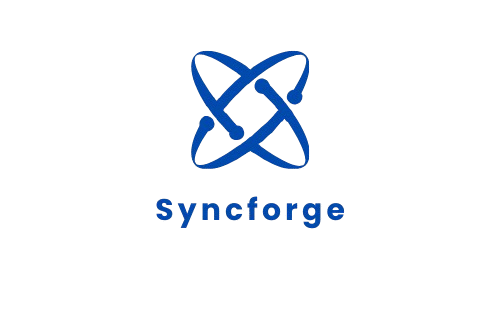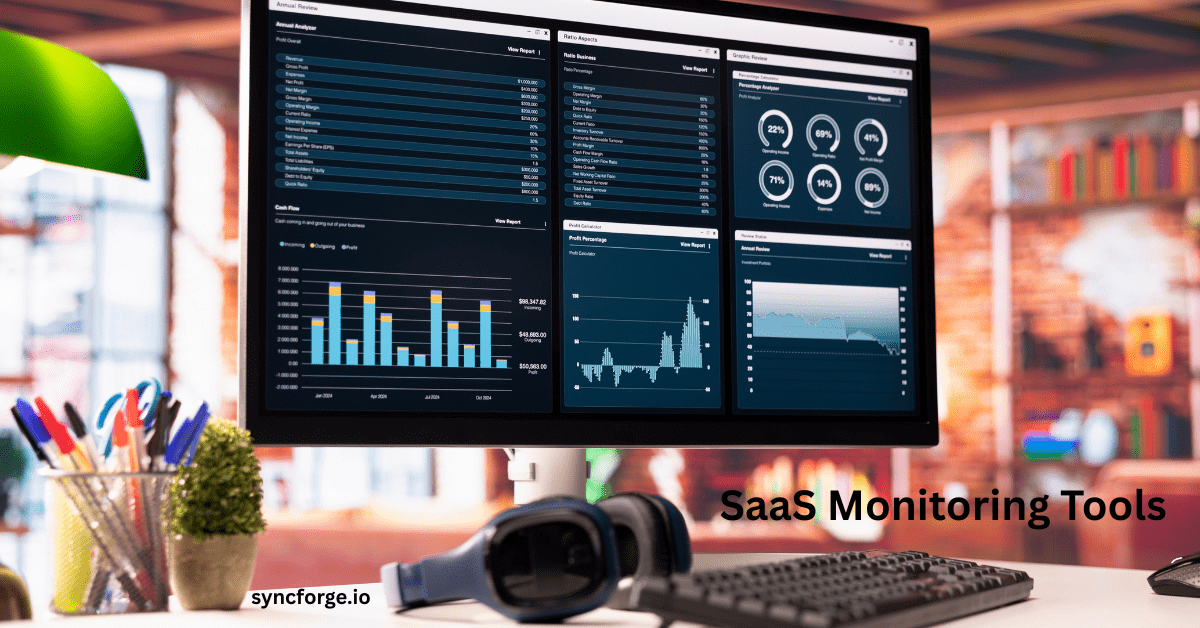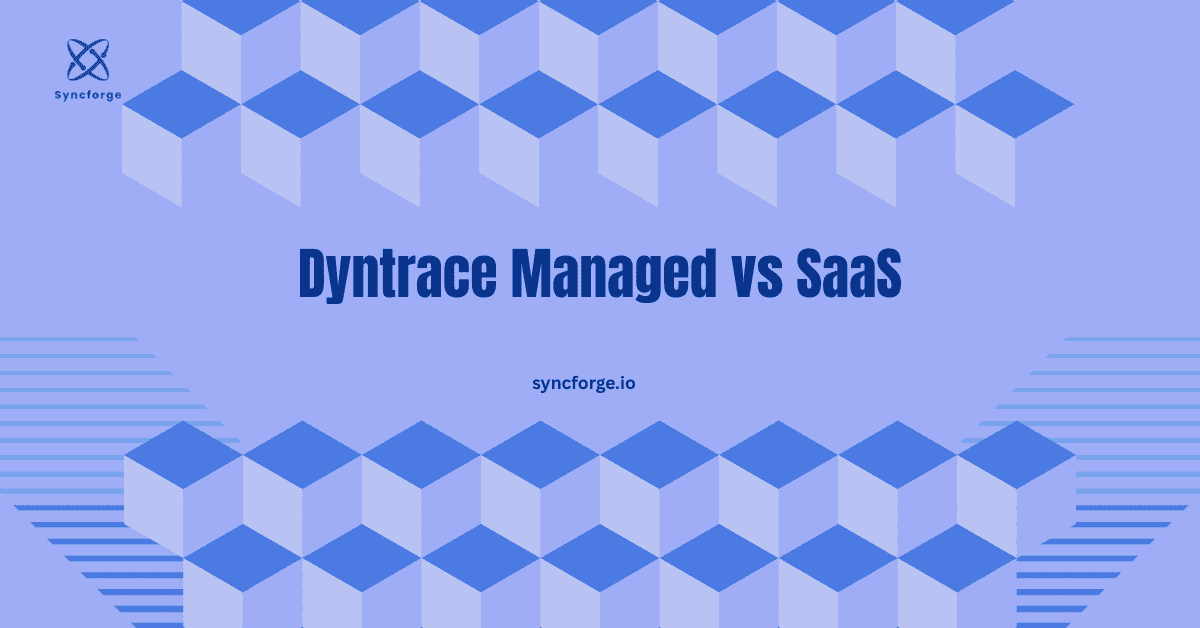Mastering Classification in SaaS Software: Guide Including Types, Models &Metrics
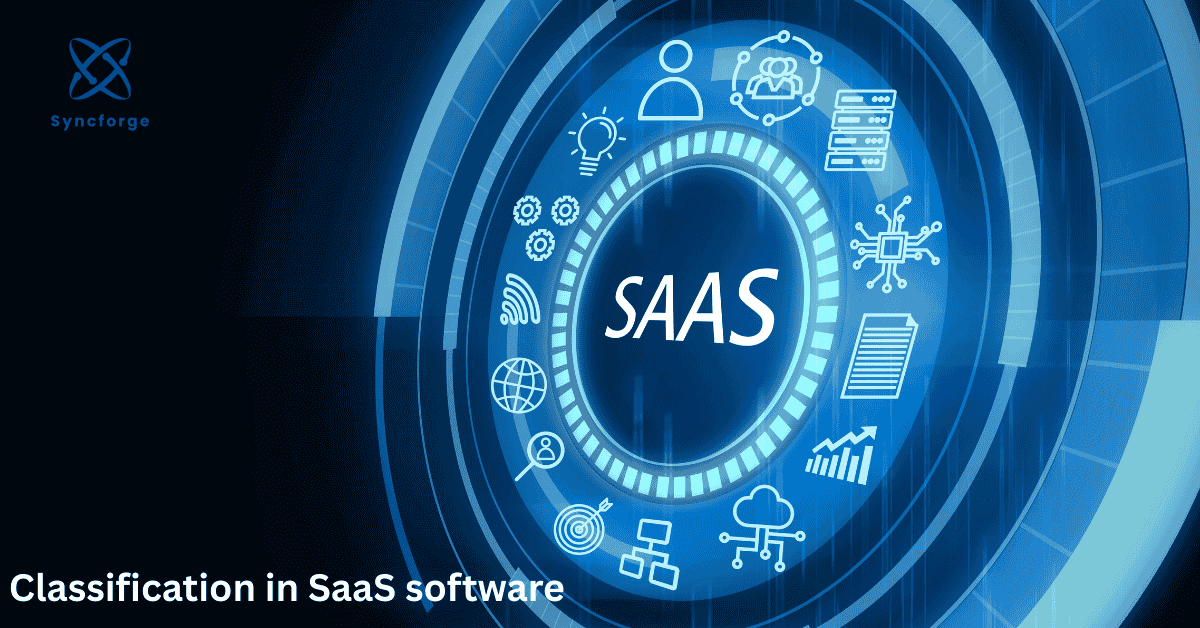
Classification in SaaS Software: Types, Categories, and Best Practices for 2025
Software-as-a-service has revolutionized business operations across various industries and functions as the backbone of modern-day businesses. Cloud-hosted applications are being preferred in modern times, as they are more flexible, cost-effective, and scalable. The practice of investing in tangible and massive infrastructure or licensing fees has become outdated.
The SaaS market is getting more crowded day by day, emphasizing the need for classification in SaaS software for the clarity of investors, customers, and businesses. As the categories in the library help the reader to find the books easily, similarly, classification of the SaaS software helps to choose the right tool. If there is no system to classify SaaS software, businesses could invest in the wrong tools, and developers would fail to position their product effectively, as it is a daunting challenge to choose the right tool without any indication.
In this guide, we will learn about pricing strategies, deployment models, architecture, and everything that outlines the system of Classification in SaaS software. The guide will also shed light on some optimal methods for startups and enterprises to refine their SaaS investments.
Importance of Classification in SaaS Software :
The SaaS market has an extensive landscape, and it has a variety of applications that cater to the functionalities of almost every business. You just think of a sector, for example, marketing, finance, education, healthcare, or any other, and you could find a list of SaaS software designed especially for that sector. Improper classification can lead to:
- Decision fatigue for businesses in opting for the right tool due to the overload of choices.
- Investors struggle to recognize scalable SaaS options.
- Developers may fail in positioning their product successfully in the market.
A McKinsey report published in 2024 revealed that 70 % of business owners acknowledge the necessity of SaaS classification for digital transformation planning. SaaS product classification helps organizations in understanding market trends and allows them to scale with precision.
Major SaaS Software Categories:
The first step of SaaS classification is to see if the product is built to serve everyone or is designed for a single specific industry. Let’s learn about the common ones:
Horizontal SaaS: It provides general-purpose software solutions and serves multiple industries. Horizontal SaaS is responsible for addressing basic universal business needs. It targets a broad audience across the globe and fits every business due to its functionalities. For example, Salesforce (CRM) and HubSpot, which provide customer relationship management tools and are useful for every business. Horizontal SaaS is easy to adopt, versatile, and scalable.
Vertical SaaS: Unlike horizontal SaaS, Vertical SaaS is especially designed for a specific industry or niche. It is precise and specialized; for example, Veeva Systems targets the life sciences industry, whereas Clio is for legal practice management. Vertical SaaS is an expert and unmatchable in their domains as they are deeply customized for a specific industry. They enjoy customer loyalty and strong retention. Veeva Systems pulled off $2.36 billion in revenue in 2023 by shifting its entire concentration to life sciences.
SaaS Deployment Models:
Deployment explains how something is being delivered and managed, and the deployment model holds significant importance in SaaS product classification. SaaS Deployment model explains where the application is running, who is supervising the infrastructure, and how it is surviving updates and customizations. Each model balances cost, scalability, and security. The most common deployment models are as follows:
- Public SaaS: Public SaaS software runs on a shared cloud server and is delivered to multiple customers over the internet on a subscription basis. It is hosted by a third-party vendor. They are cheaper and highly scalable. For example, Google Workspace. For your better understanding, consider Public SaaS as an apartment building, where many people share the same building but have their own separate rooms.
- Private SaaS: Unlike public SaaS, private SaaS is not shared; it runs on a dedicated infrastructure and provides a single organization with better customization, security, and control over its application and data. It is expensive as it is designed for security-sensitive industries. For example, Financial SaaS platforms for banks. It is like owning your own private house, which no one can share with you.
- Hybrid SaaS: It is a combination of both public and private SaaS, as some parts of this software run on shared servers and others on private servers.For example, Microsoft 365. Hybrid SaaS balances security with flexibility.
SaaS Pricing Models (Cost-Based Classification)
Pricing models are a key factor of classification in SaaS software and are equally important for the growth of a product. Categories of SaaS products outlined by pricing are as follows:
- Subscription-based pricing: It is a repeatable monthly or annual fee that a product charges for its services. E.g. dropbox
- Freemium Model: Many software give free access to their basic features and then sell their upgrades—for example, Zoom, Grammarly, etc.
- Usage-based Pricing: It is consumption-based pricing; you can take advantage of the software to an extent, and then you have to pay as you go, e.g., Snowflake
There are a few more as well, including tiered pricing and enterprise pricing, which offer feature-based packages and customized deals for extensive utilization, respectively.
SaaS Architecture Classification:
How software is built in the backend is equally important to what it offers on the surface. Architecture determines the security and storage of software. Architecture also defines how effortlessly software will grow with more users. Technically, SaaS can be classified into two types based on its architecture:
Single-Tenant SaaS: Single-tenant SaaS provides each customer with their own separate infrastructure and dedicated software that gives them full control over their security and customization, but at a much higher cost, along with complexity, which makes it difficult to maintain and slower to scale.
Whereas in Multi-tenant SaaS, a single version of software is shared by multiple customers, but their data remains separate, resulting in lower rates and easier scalability, but customization is limited.
SaaS Applications by Industry:
The most productive and clear method of classification in SaaS software is by classifying it based on the industries it serves. Every industry is unique in its needs, rules, regulations, and workflows, so SaaS software has to evolve according to the requirements of different industries. Let’s consider some examples;
- Healthcare SaaS: Healthcare industries need help from these products to focus on patient care, hospital management, and compliance with regulations like HIPAA. Hospitals employ Epic Systems so doctors can access patients’ records and improve the quality of care.
- Education SaaS: In the global pandemic, COVID-19 urgency SaaS products serve educational sectors by making education accessible beyond classrooms. These products focus on online learning, digital classrooms, and course management, such as Coursera, Canvas LMS, and Google Classroom etc.
- Finance SaaS: Software like QuickBooks Online and Xero is designed to save time and reduce errors while performing financial operations and ensuring data security. The main focus of financial SaaS products is on accounting, investment management, and payroll etc.
- E-Commerce SaaS: You must be familiar with Shopify and Bigcommerce. 4.5 million businesses are using Shopify globally to run their e-commerce and in-person sales operations. With the help of E-commerce SaaS, people can set up their stores without any coding or IT infrastructure.
- Marketing SaaS: These products help businesses in smartly reaching their customers and track the real-time performance by focusing on customer relationship management, automation, analytics, and digital campaigns. E.g., HubSpot, Mailchimp
- HR SaaS: Workday and BambooHR allow HR teams to manage employees more efficiently and upgrade the work environment as they are designed to focus on performance management, employee engagement, and payroll, etc.
Due to the market segmentation of SaaS software, businesses can sort the wheat from the chaff by choosing the best tool
Key Metrics for SaaS Classification:
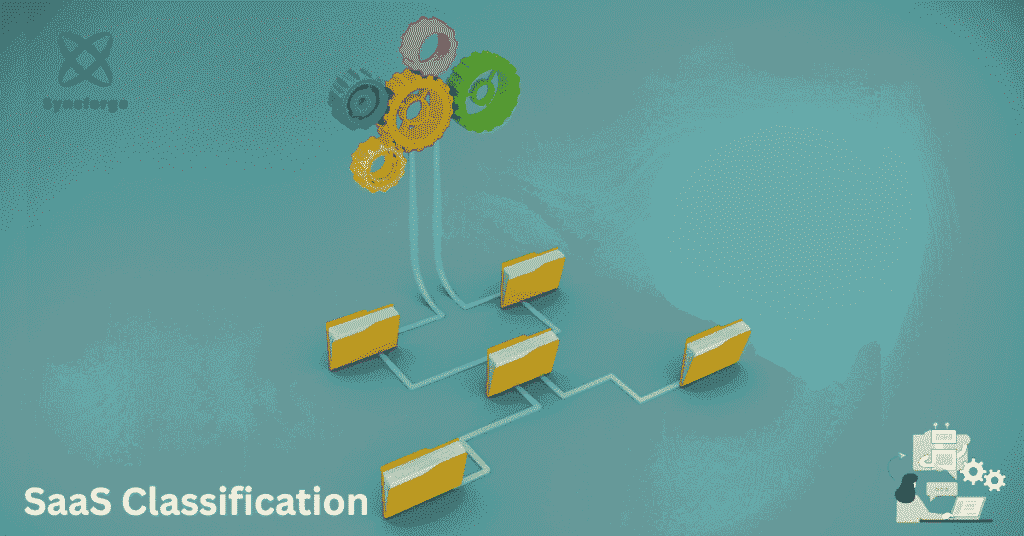
Categories and price models define what a SaaS product is, but metrics tell how well it is performing. Numbers are the heartbeat of the SaaS model. The following are the five metrics businesses must consider to evaluate a SaaS tool:
- Monthly Recurring Revenue (MRR): It is a Key Performance Indicator (KPI) that tracks the financial health of a product to formulate informed business decisions. It is a predictable, repeatable revenue that a company earns monthly from subscriptions. Zoom is a widely known tool, and its MRR shot up abruptly in 2020 due to the global pandemic.
- Customer Acquisition Cost (CAC) is the total money spent, including marketing and sales costs, in winning one new customer. This KPI helps businesses track the CAC payback period to understand how quickly they can recover their acquisition cost. It can be calculated by dividing total marketing expenses by the number of new customers obtained in a specific time period.
- Customer Lifetime Value (CLV): This metric estimates the total turnover a company expects from one customer alone in their overall relationship with the company.
- Churn Rate: This KPI shows the annual percentage of customers who cancel their active subscriptions or stop purchasing further subscriptions. The rise in churn rates is injurious for SaaS growth, whereas low churn rates indicate growth.
- Net Promoter Score: This KPI determines the user gratification and loyalty with the product based on the referrals they are bringing to the company. As happy customers recommend your products. The rise in NPS fuels the growth of the product at a high pace.
Best Practices for SaaS Product Classification:
Classification in SaaS software does not only mean to put the software in neat boxes; it is more about helping enterprises, customers, and investors in making informed and smarter decisions. Taking care of the following points would help you in improving your brand positioning and giving clarity:
- Define the target audience clearly: You must be very well aware of who you are selling your product to, whether it is for small businesses, startups, or large enterprises. For instance, BambooHR has positioned itself in the market for the small and mid-sized business, whereas Workday has targeted global enterprises.
- Choose the right delivery model: Your deployment model should match the needs of your targeted audience, i.e., public, private, or hybrid. Public SaaS is preferred by small businesses due to its affordability, while healthcare and banking sectors lean more towards private or hybrid models due to security issues.
- Focus on Industry Needs: As a vertical SaaS that targets a single specific industry and niches, it offers customization and solves industry-specific problems.
- Offer Scalable pricing models: Try to use models that target various customer segments, for example, freemium for the masses and enterprise pricing for wholesale contracts. Zoom is the best example here, which gained millions of users by offering freemium models to the masses and then upgraded to enterprise customers.
- Highlight Unique value position: Keep in mind that your unique selling point would set you apart in the crowded SaaS market. Inspiration could be taken from Notion as they stand out in the market when they incorporate notes, docs, and project management in one workspace. So instead of just being another SaaS, show why you are a rare gem.
Future of SaaS Classification:
The SaaS market is not stagnant; it is evolving at a very high pace, and the future of SaaS will be very different than today. After the introduction of AI-powered SaaS, classification will never be the same; new categories will be emerging with the flow of time:
- AI SaaS Categories: Artificial Intelligence is transforming the modern-day operations of different businesses, including SaaS, for example, ChatGPT and Jasper AI, as Gartner predicted that 30% of SaaS products will be AI-backed by 2026.
- Security-focused SaaS: Due to rising cyberattacks, security has become the biggest concern for businesses, so SaaS companies are also being classified by their security models, if they are compliant with regulation models like GDPR or HIPAA, e.g., Zscaler, Okta
- Green SaaS: It is also known as sustainable SaaS. The boundaries between industries are blurring with the flow of time, and customers are leaning towards all-in-one platforms instead of handling a dozen applications.
SaaS application types will transform into automation-driven platforms in the coming time.
Conclusion:
Towards the end, you must have understood that the classification in SaaS software is not just about placing tools in the right boxes, but it is more about deeply understanding the atmosphere of the SaaS market. Businesses can make informed decisions and improve their efficiency, and save money by considering pricing strategies, key metrics, and especially deployment models. Businesses that will stay updated today with the evolution of the industry will surely lead the market tomorrow.
FAQs:
What do you mean by classification in SaaS Software?
The process of categorizing SaaS products on basis of their features, pricing, targeted industries and deployment models is termed as Classification in SaaS software.
How is SaaS classification important for businesses?
It helps organizations effortlessly choose the right tool for their business.
What is Vertical SaaS?
It is specially designed for a specific industry or niche and offers full control and customization.
What are the key metrics of Classification in SaaS software?
There are five key metrics known as: MRR, CAC, Churn rate, NPS, and VLC.
What is meant by Hybrid SaaS?
It is called hybrid because some parts of this software runs on shared server as public SaaS and others on private server as Private SaaS.
CTA:
Dig out the top tool for your business by exploring the best SaaS categories of 2025.
